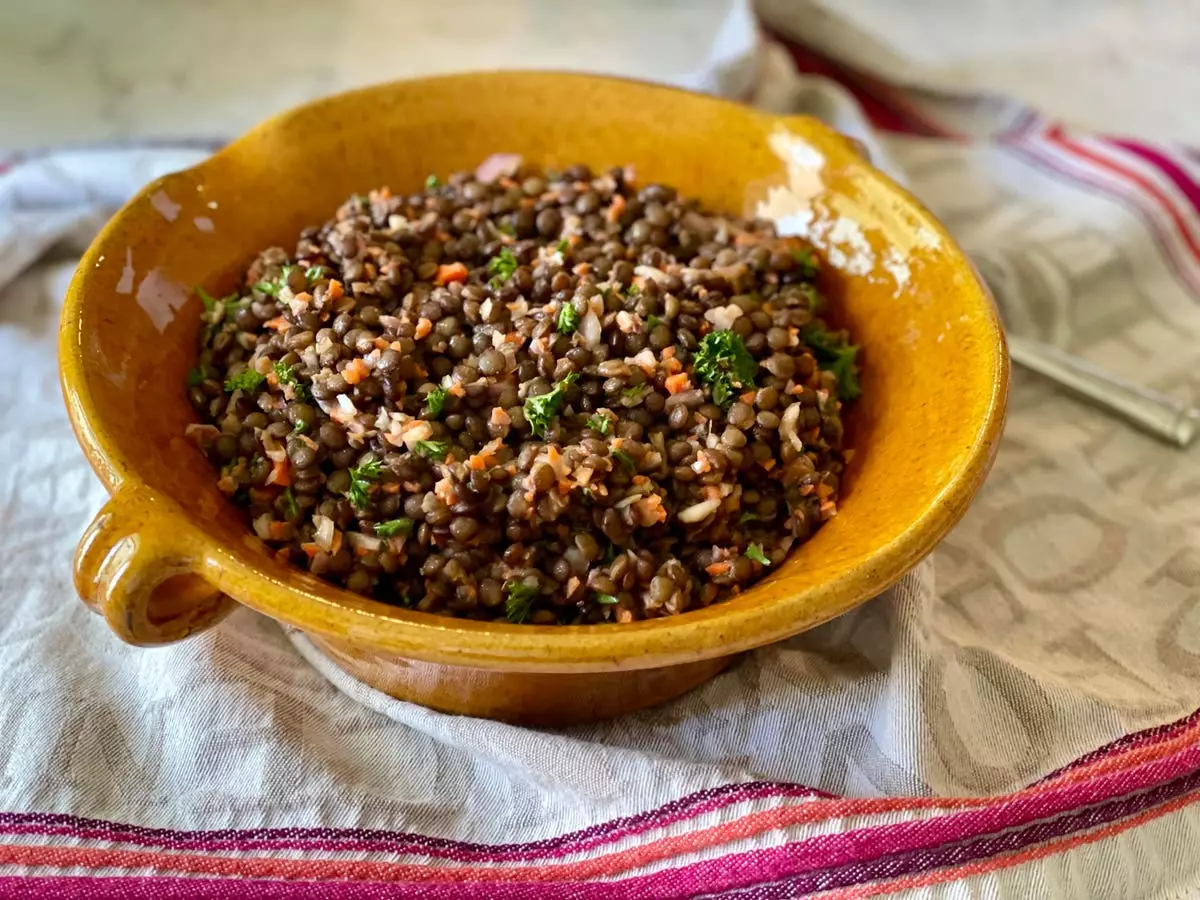Embarking on a culinary journey is often more than simply placing exquisite foods in front of our eyes—a true odyssey occurs when we connect with the history behind the cuisine. My first experience in Paris took place in a charming, rustic restaurant that adeptly encapsulated the spirit of French dining. With furniture crafted from aged wood, pottery imported from Provence, and artisanal bread served in quaint woven baskets, the scene was nothing short of picturesque. What unfolded through the evening was a revelation, forever etching the essence of traditional French cooking into my memory.
At the heart of the dining experience was the concept of sharing, as dinner was served family-style on grand wooden boards. This communal approach created a convivial atmosphere, allowing every diner to partake in the joys of tasting various dishes—a tableau of flavors and textures that beautifully complemented one another. Shimmering hunks of cheese, hearty sausages, crispy cornichons, and a bowl lovingly dubbed “country caviar” graced our table, each item begging to be sampled. While the cheese and meats held their own allure, it was the “country caviar” that captured my attention and left an indelible impression.
This surprising dish, which appeared far less ornate than its name suggested, was a cold lentil salad that defied conventional notions of gourmet cuisine. When we think of iconic French foods, such as coq au vin or bouillabaisse, it may be startling to realize that the one dish I consistently reminisce about is a salad made from lentilles du Puy.
A Closer Look at Lentilles du Puy
These remarkable lentils originate from the volcanic soils of Auvergne, in the rugged mountains of southern France. What makes lentilles du Puy particularly distinct is the AOC (appellation d’origine contrôlée)—the governing body that regulates their growth, ensuring that only lentils cultivated in the correct region and conditions can bear the name. Their heritage is one steeped in tradition: nurtured in mineral-rich earth without chemical fertilizers or artificial irrigation, lending them an earthy flavor profile that recalls the complexities of fine wines.
Unlike their larger and more common Indian counterparts found in dal, lentilles du Puy retain their shape beautifully during cooking, giving them a pleasing texture. When cooked properly, they are tender yet firm, releasing a delightful pop with each bite. Flavor aided by a delectable vinaigrette made with sharp Dijon mustard and tangy red wine vinegar elevated the dish even further. Minced carrots and shallots, along with fresh curly parsley, not only contributed color but added an additional dimension of flavor and crunch.
When I returned home, I found myself in search of these extraordinary lentils, in hopes of recreating the experience that so deeply resonated. I soon discovered a small grocery store nestled nearby that carried them. Armed with a simple recipe and nostalgic memories, I meticulously followed the cooking instructions to recreate that exquisite cold lentil salad. The result was an explosion of flavor that stirred my senses, bringing back the ambiance of that Parisian restaurant.
The salad became a staple in my own kitchen, elevating countless meals in delightful harmony with various dishes, whether paired with savory meats or served as a stand-alone side. Last night, I enjoyed it once again with garlic sausage and creamy brown-butter butternut squash—satisfying comfort food that struck the perfect balance of rich and healthy.
A Culinary Gift
Years have passed since that first Parisian meal, but the memory of the lentilles du Puy remains vivid. The humble lentil transformed into a signature dish in my culinary repertoire—a perfect embodiment of comfort and sophistication. Simple yet impressive, the salad invites all who try it to indulge in the splendor of French cuisine.
As you venture into creating your own version of this dish, consider the lentils as not just ingredients but as storytellers. They encapsulate a landscape and tradition, intertwined with the history of French culinary artistry. The next time you prepare this salad, remember that you’re not just making a meal; you’re embracing a piece of culture and history that has spanned generations.


Napsat komentář